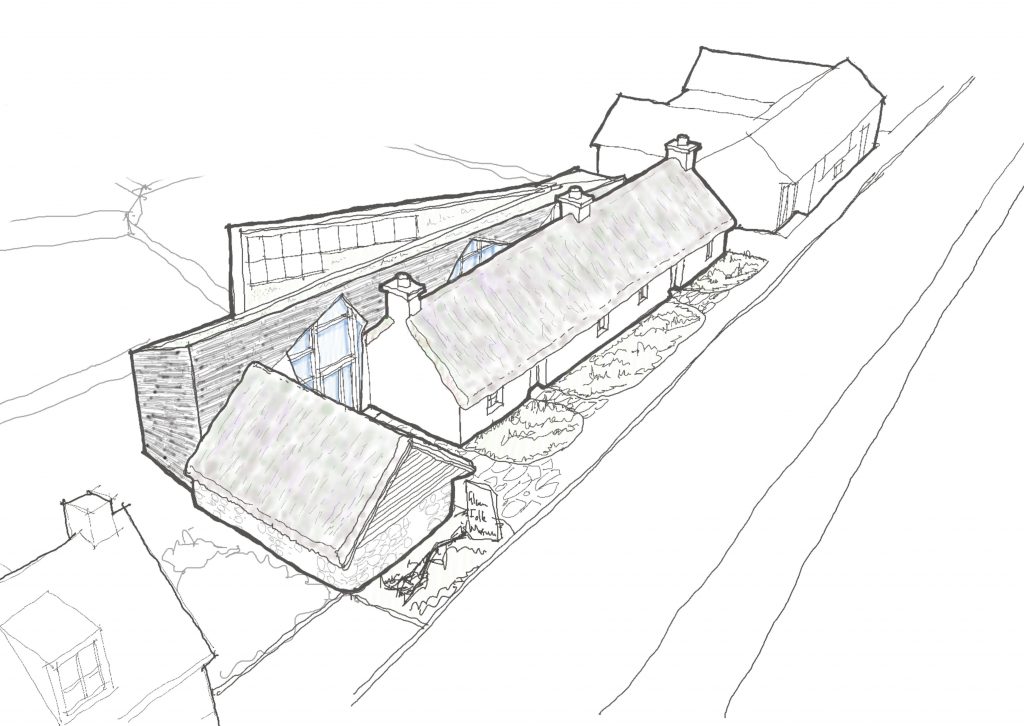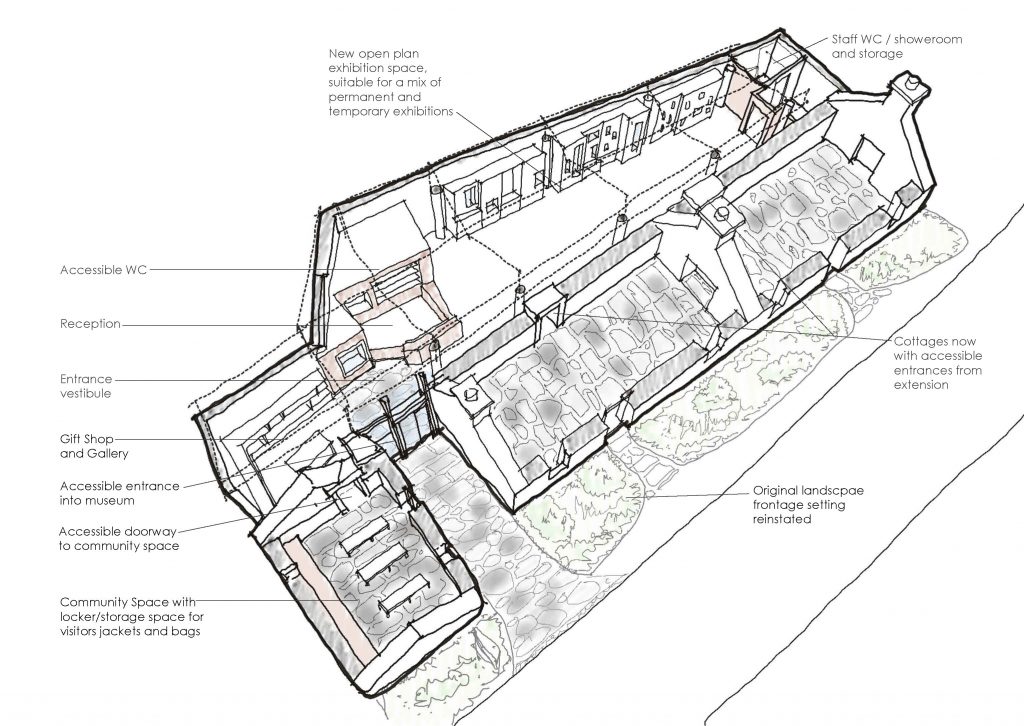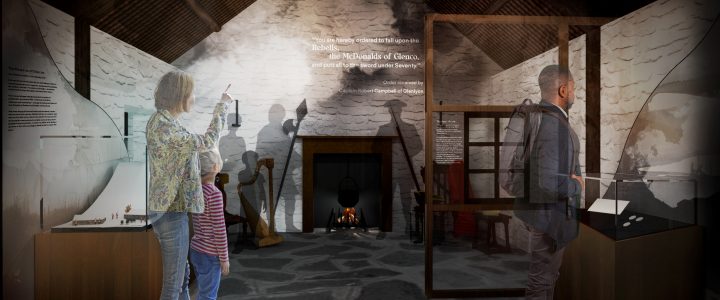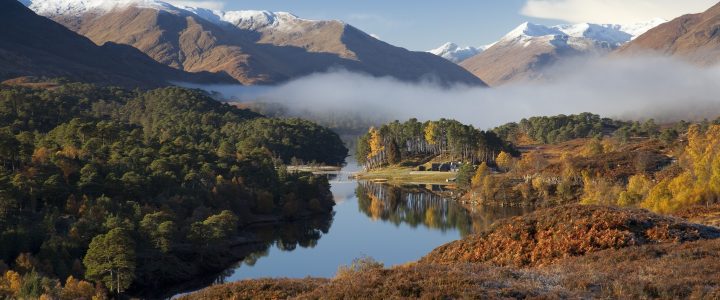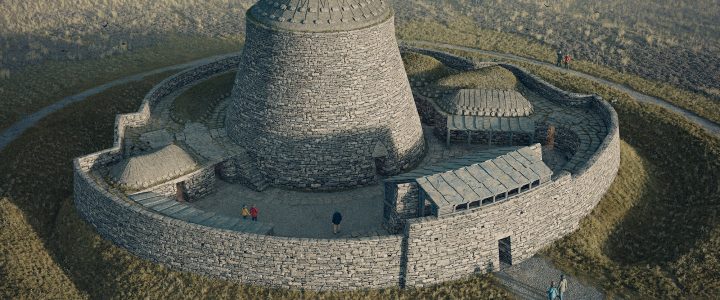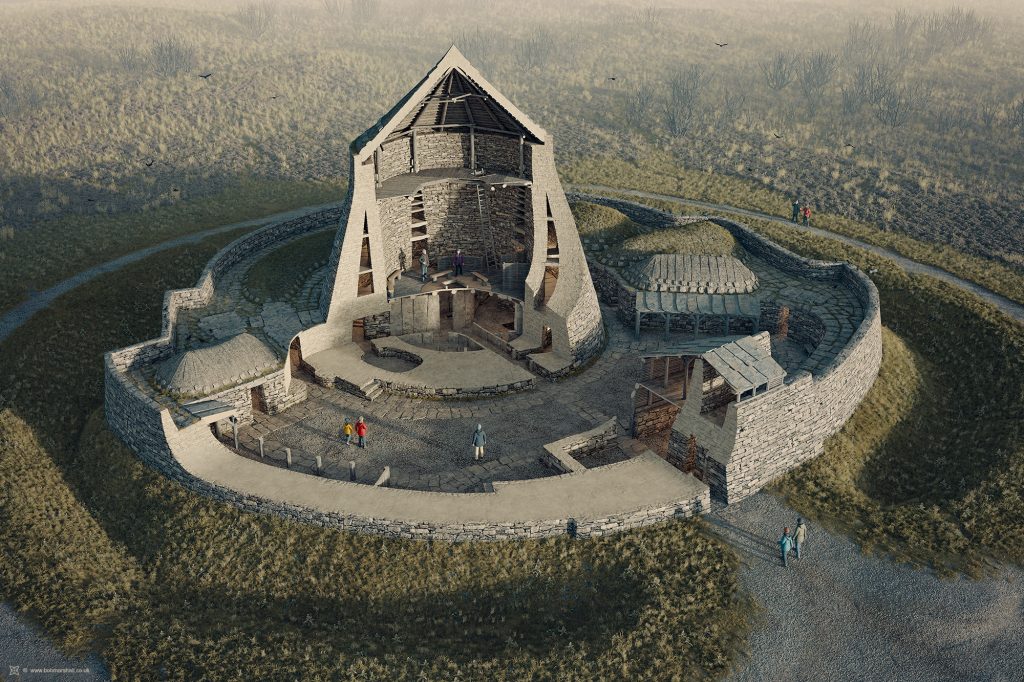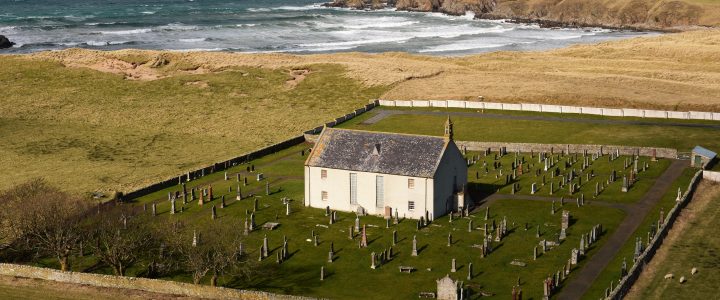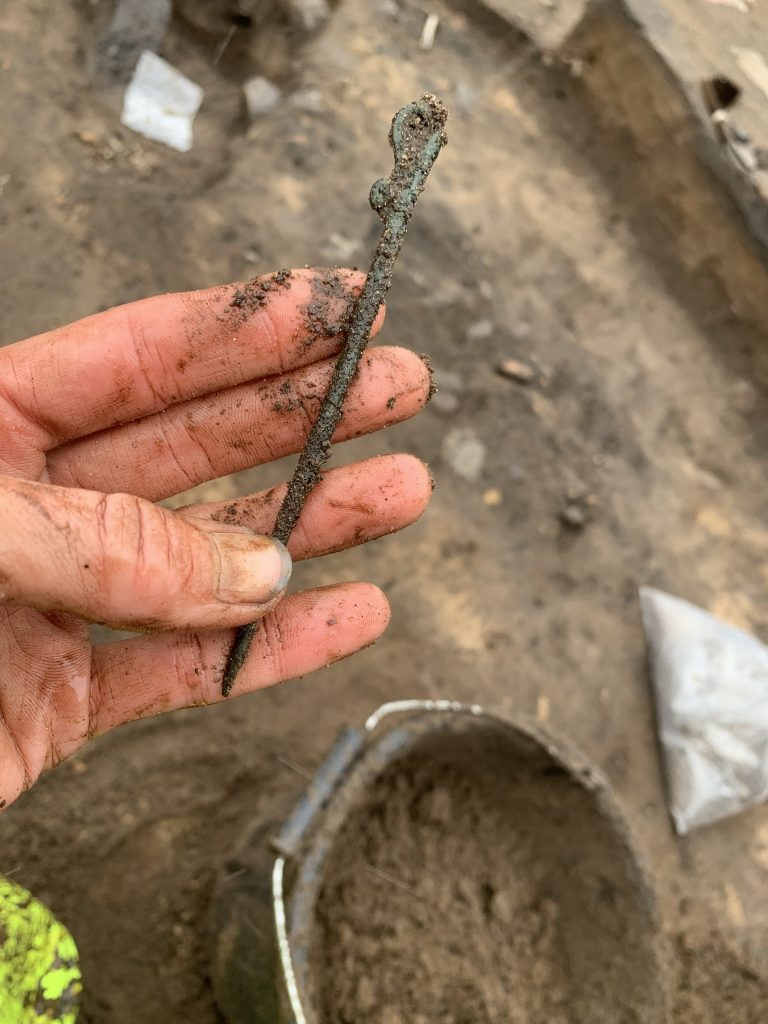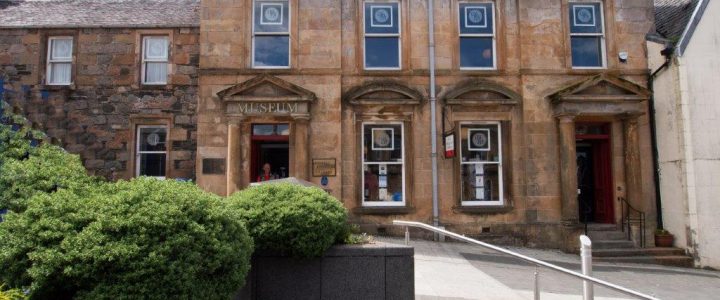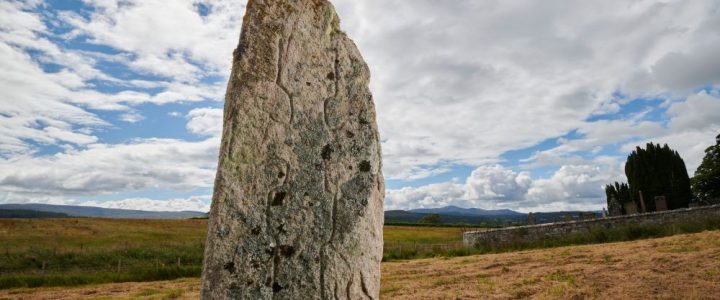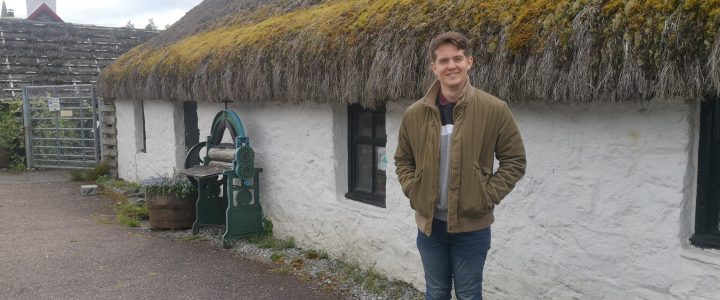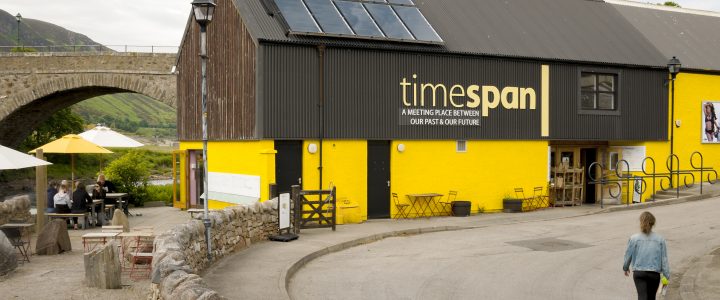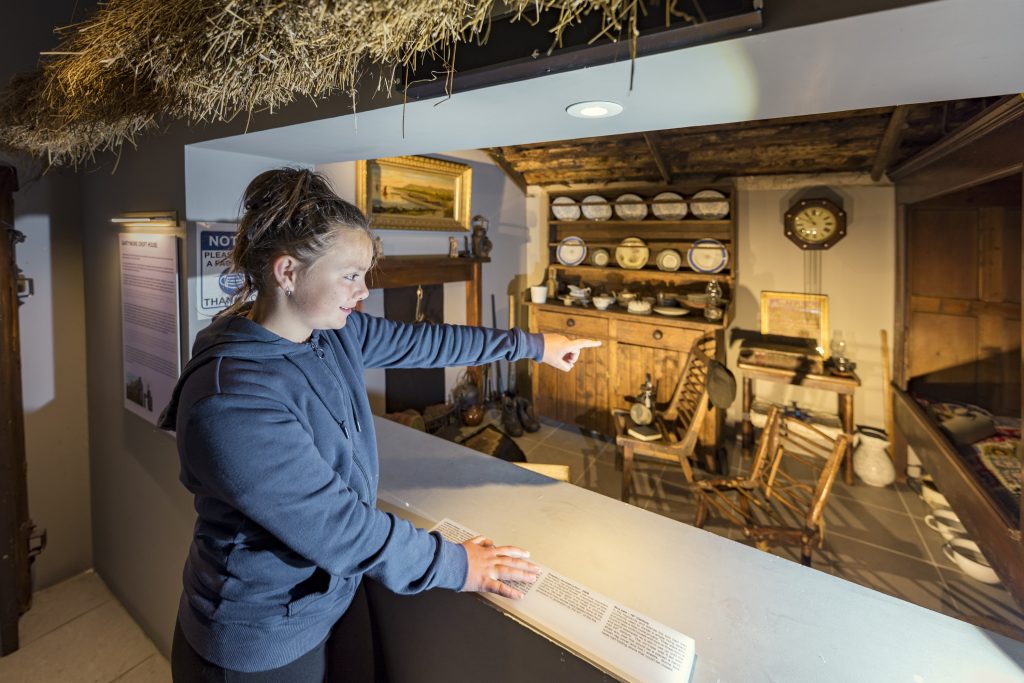Design work is rapidly advancing on Glencoe Folk Museum’s £1.3m lottery-funded redevelopment, scheduled to open in 2023. Peter Drummond architects and Mather & Co. exhibition designers are working with staff and the local community to create a vibrant attraction, fit for the 21st century whilst retaining the traditional look and much-loved charm of the original.
Founded in the 1960s by members of the community, the Museum holds over 6,000 artefacts and chronicles daily life in the Glencoe area between the 17th and 21st centuries, telling stories relating to themes such as industry, conflict, childhood and sport, as well as Jacobite uprisings, Clan history and of course the Massacre of Glencoe. The redevelopment plans include the erection of a new building at the back of the Museum’s historic listed cottages, creating a new reception area, gift shop and exhibition space. Improving visitor access is a key priority, as is improving the display conditions of the more vulnerable objects in the collection.
A highlight of the new displays will be an immersive, state-of-the-art projection and audio feature placing visitors in a MacDonald cottage on the night of the infamous 1692 Massacre of Glencoe. This emotive exhibition will bring to life the personal stories of the Massacre and give a clear understanding of the religious, political and cultural environment that allowed such an atrocity to take place.
Project Director, David Rounce, said;
‘There’s a lot of work ahead, including fundraising and shortly seeking planning permission, but we’re well on-track to make a museum that will be a real hub for local heritage – bringing Glencoe’s unique history to life for the community and our visitors from around the globe’.
The redevelopment will also restore the Museum’s listed 18th century cottages, the only surviving genuine heather-thatched structures in the area. Funding from the Pilgrim Trust has been secured to renew the thatch and help the Museum ensure its long-term preservation. It is planned to complement this traditional natural roof with a new “ living” roof on the extension.
Catriona Davidson, Curator, added;
‘We’ve been talking about this project since I started working here over 5 years ago, so it’s really exciting to finally be able to share our plans as everything comes together! Behind the scenes we’re busy researching, choosing artefacts and gathering stories. We’ve also been running community consultation sessions – we really want our museum to reflect the community that created it so it’s important to us that we are sharing as many local voices as possible”
Highlights of the Museum’s collection include a “coffin boat” once used to transport bodies to the Clan burial island of Eilean Munde, a beautiful 1740s silk dress, woven at Spitalfields and passed down the generations of a local family, a replica of the mysterious bronze-age Ballachulish Goddess and a large genealogical chart depicting the branches of Clan Donald.
The Museum will open for the 2022 season on Saturday 2nd April.
